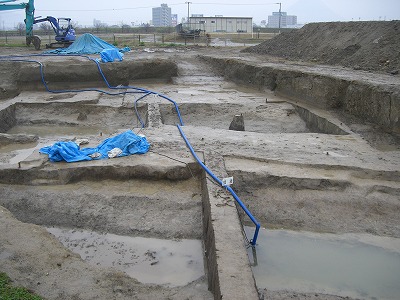
The excavating site in Marugame City, Shikoku, was opened to the public in March, 2012. It is located about 2.5 kilometers or 1.6 miles away to the southwest of Marugame Castle.
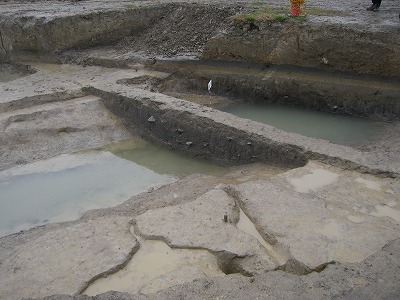
The Naka-no-ike site has been intermittently excavated since 1976. This is the last of a series of archeological digs in Kanakura-cho, Marugame.
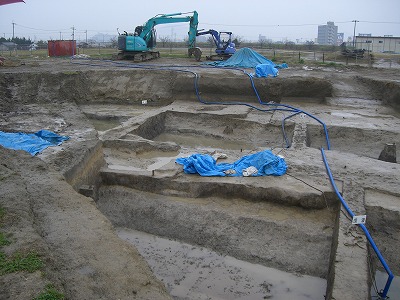
This picture shows that the ancient village was surrounded by a double circle of moats, which had a width of about 5 meters and a depth of about 0.7 meter.
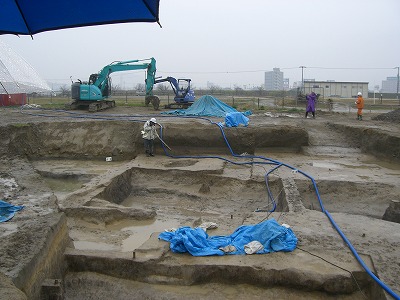
These moats are believed to have been dug in order to protect the village and the villagers from outsiders.
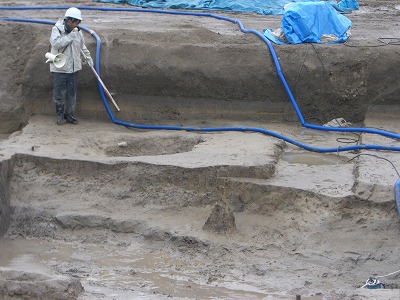
New earth and sand was brought here to the site to build a baseball stadium. So you can see a 1-meter-deep surface layer of earth, under which there lies a thin layer of rice paddy that has been cultivated up until quite recently. Wooden structures and earthenware of the Yayoi period were discovered at the bottom layer, further under the paddy field layer.
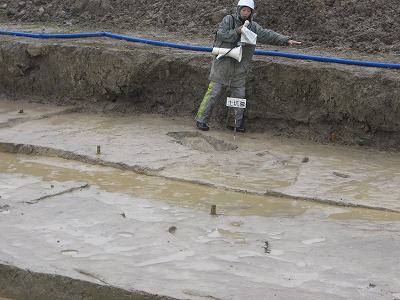
A cemetery was found here just outside the double circle of moats. Shokikuri-style dwellings were also discovered here at the Naka-no-ike site. This style is exactly similar to that of Korean Peninsula.
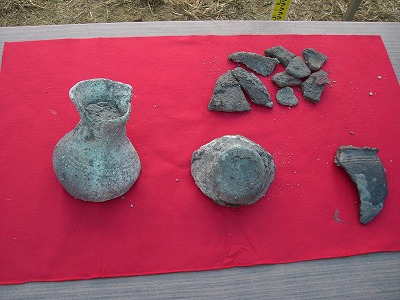
These are a pot and some earthenware discovered during the excavations at Naka-no-ike. They are fresh out of the ground, still having earth inside.
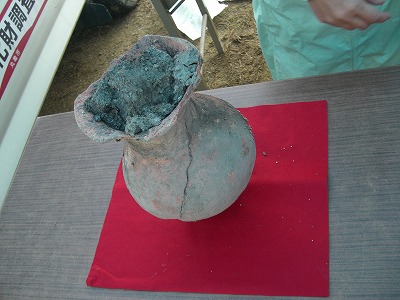
This, also having earth inside, dates back to the middle Yayoi period.
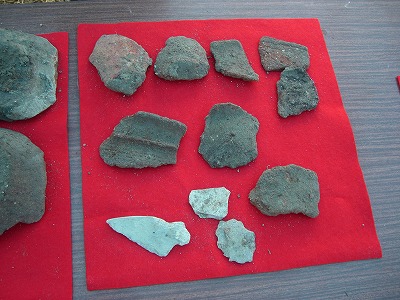
These are pottery fragments dug out of the ground.
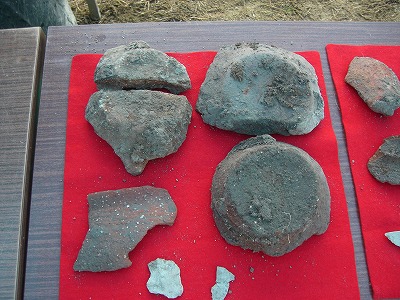
They excavated not only earthenware like these but also human bones and farm implements.
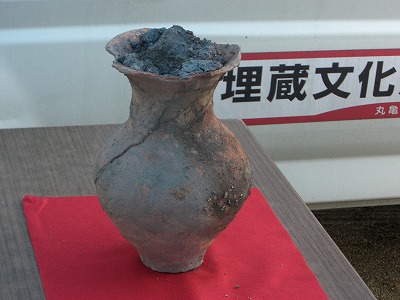
As I was watching this pottery, an old man came and told me to follow him home, introducing himself as a local historian.
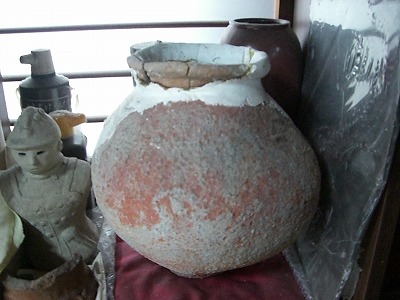
To my surprise, there were many kinds of earthenware, stone tools and even fossil bones in his house.
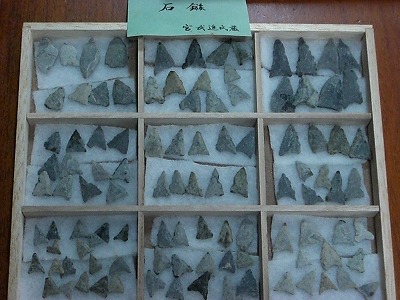
These are stone arrowheads, which were easily dug out from his paddy fields.
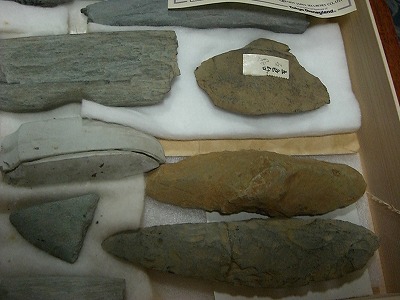
These are polished stone hand axes and stone knives.
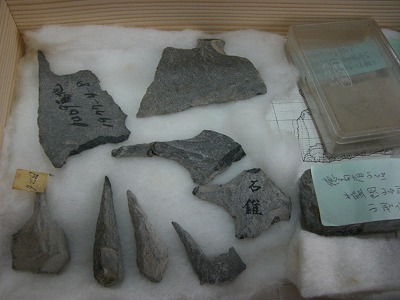
These are stone knives, spearheads and tools to peel the skin from animals.
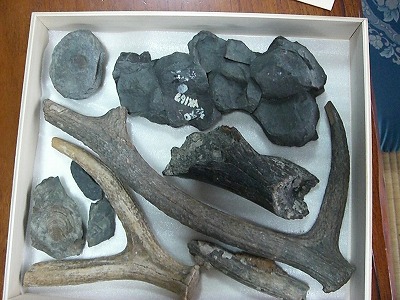
These are fossil bones.
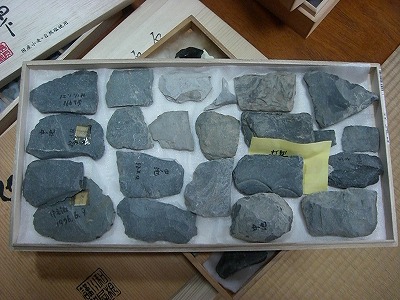
Stone tools
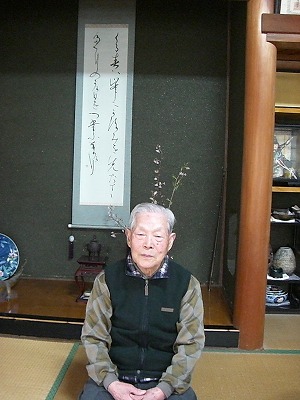
Mr. S. Miyatake, 97 is a local historian in Marugame, Shikoku. He knows a lot about Japanese history.






